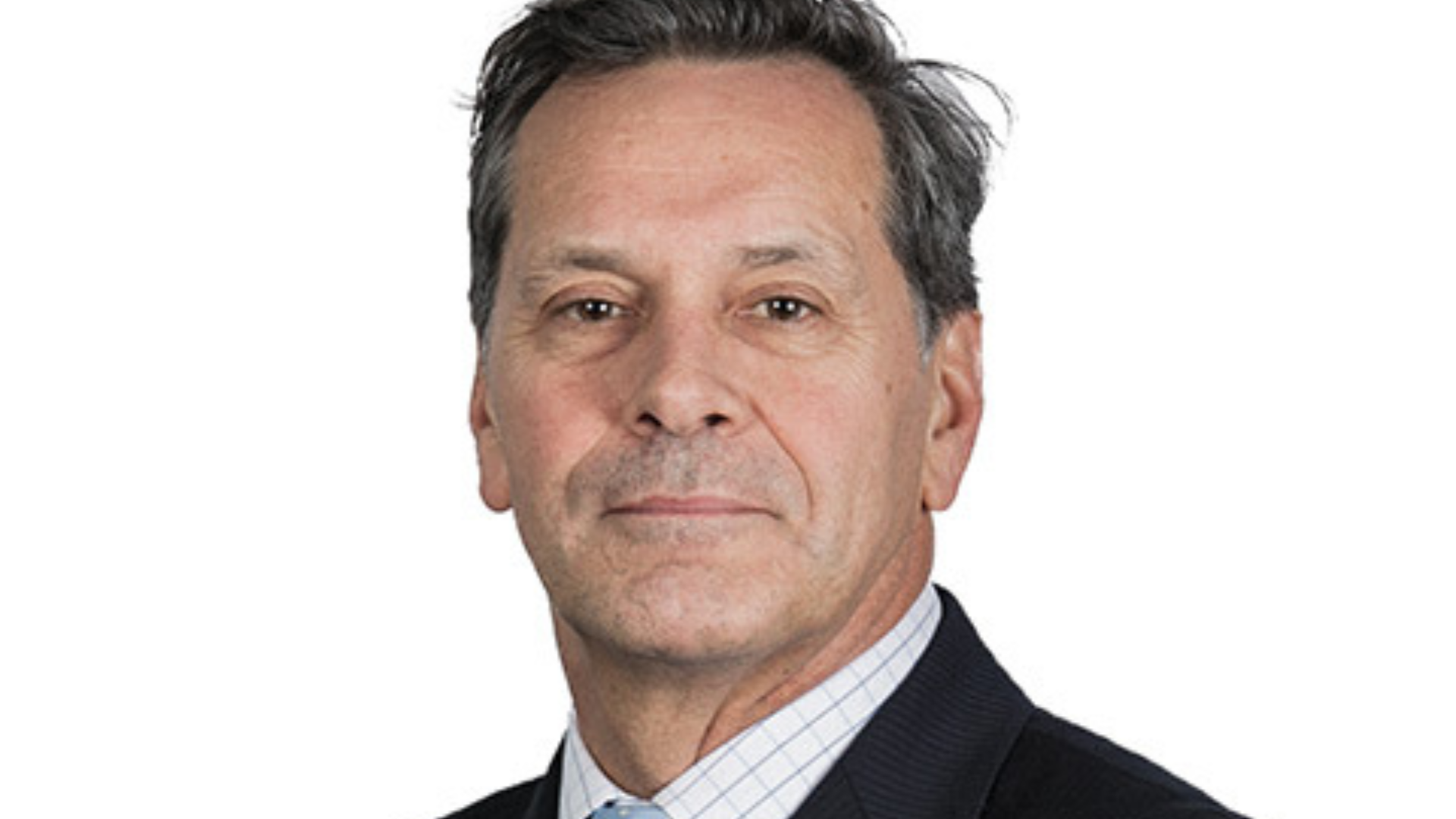… but NZ does it better
by David Chaplin
New Zealand equity fund managers have a much lower benchmark-hugging threshold to cross than their global counterparts, a new report by actuarial consulting firm Melville Jessup Weaver (MJW) has revealed.
The MJW analysis of ‘active share’ – a measure of how much a manager deviates from the index – estimates a theoretical NZ maximum for the metric of 64 per cent compared to 100 per cent in broad global equity markets. Anecdotal evidence puts Aussie equities managers, on average, at having a much lower ‘active share’ – probably less than 50 per cent historically. However, the recent dumping of the banks, particularly by Aussie growth and momentum managers, has tended to increase their active share.
Ben Trollip, MJW principal, said as a rule-of-thumb “global managers are considered highly-active if they have an active share score of 85 per cent or above”.
“In NZ where a single stock can represent about 10 per cent of the market it’s a lot harder for managers to achieve high active share without taking on much more risk,” Trollip said.
Assuming most managers seek to contain risk exposures to
±2 per cent of index weights, that constrains the top active share score for the NZ market to 64 per cent, according to the MJW study.
As well as highlighting the special nature of the NZ equity market, the MJW report shows a wide variance in off-index behaviour for local managers who bill themselves as ‘active’.
In its analysis of five well-known NZ equity managers, the MJW recorded active share weightings ranging from 27 per cent to 53 per cent.
While the scores indicate even the most alpha-driven NZ fund manager is almost half-passive, the least-active manager replicates over 70 per cent of the S&P/NZX50, based on the MJW results.
And active share is one important measure by which investors should judge the value of fees, the study says.
“It is crucial that investors are getting what they pay for when employing an active fund manager,” the report says. “If your portfolio is only 30% different from the index, should you really be paying the same fee as a portfolio that is 60%, 70% or 80% active?”
The study says active share scores combined with the better-known risk metric of ‘tracking error’ can more clearly identify where managers sit along the active spectrum.
Tracking error, which can balance out negative and positive stock deviations from the index, can reflect style bets while active share is “a more neutral measure” of off-benchmark positions, MJW says.
The study shows managers can sit in four quadrants based on their respective tracking error and active share measures ranging at the extremes from ‘pure indexing’ (scoring zero in both categories) and ‘concentrated stock picker’ (with high scores in the two measures).
“There’s nothing wrong with managers being in any of the quadrants,” Trollip said. “But you want to pay the right fee for what the manager is doing.”
He said while active share is a handy metric that investors should weigh up in the manager appointment process, it should not be used in isolation.
“These quantitative measures are useful but qualitative research – looking, for example, at people and stability of a manager’s team – are also important,” Trollip said.
– Investment News NZ









